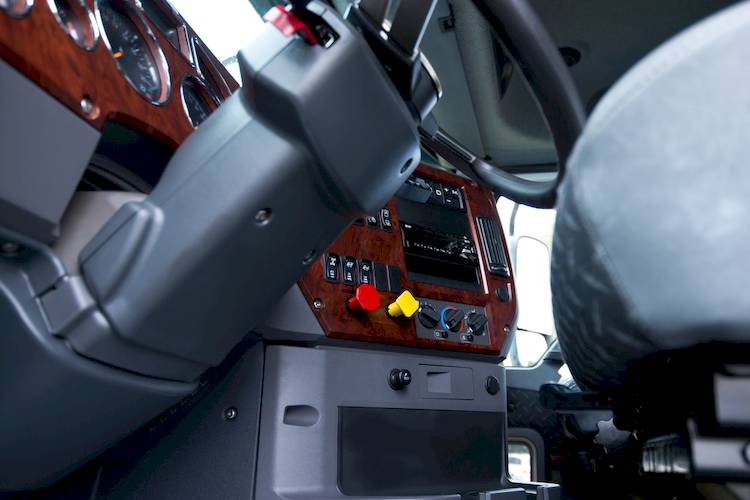

Modern cars use electronic systems to ensure that the steering wheel locks in place when the key is out of the ignition, and to prevent the key from coming out of the ignition in any gear but park. However, older cars used a mechanical solution called a steering column lock actuator. This was actually a collection of levers and a rod.
If you drive a car manufactured prior to the 1990s, then chances are good that it has a steering column actuator. Essentially, this is a series of levers that is engaged when the ignition key was turned. The levers would move a rod, which would lock the key into position. The key could not be removed, which provided important safety benefits.
Obviously, mechanical steering column actuators are subject to a lot of wear and tear. They’re used every time you turn the ignition key. Because they’re mechanical, there’s the potential for wear to eventually damage the levers or the rod. Rod damage is probably the most common problem. This is particularly true if the actuator system’s lubricant wears off (which is very common, particularly with work trucks and heavily-driven vehicles). When the end of the actuator rod sustains damage, the car might not start, or the key might come out of the ignition in any gear.
While mechanical steering column actuators are rarer than they once were, they’re still in use by some vehicles. Given the importance of this component, you should know a few symptoms to watch for that indicate the actuator is about to fail (or has already failed). These include the following:
- There is no resistance when you turn the ignition key
- The engine doesn’t crank when you turn the key (many other problems also have this as a symptom)
- The key can be removed from the ignition in a gear other than park
If you’re experiencing any of these problems, or you find that your car won’t crank for any reason, you should have the car checked. Have a certified mechanic replace the steering column actuator if necessary, as well as repair any other problem.



